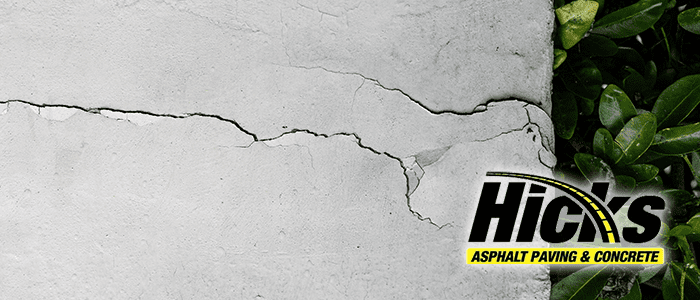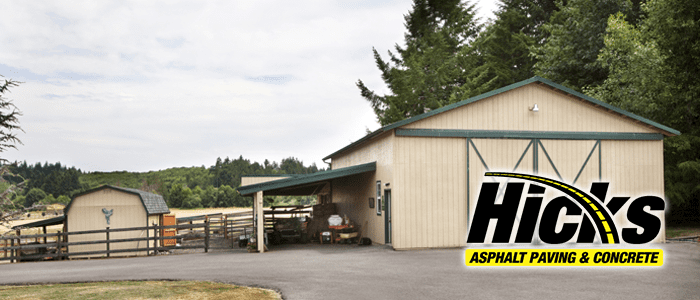Concrete is a long-lasting, durable material used for many construction jobs. It is both common and affordable and, for centuries, has been the preferred material used in building projects. If installed right and maintained properly, concrete can have a lifespan of multiple decades. Concrete, however, does have its vulnerabilities, and a person needs to know what those vulnerabilities are and how to address them. In this article, we will discuss what cracks in concrete mean.
Common Types Of Cracks Found In Concrete
There are four common types of cracks typically found in concrete. Depending on the type of crack experiencing, there might be different issues that need to be resolved. The four different types of cracks are as follows:
Hairline Cracks – very small cracks that usually form on the surface of the concrete.
Shrinkage Cracks – occur at the time the concrete is setting.
Settlement Cracks – occurs when the ground that the concrete was placed on is not strong enough to handle the weight of the concrete.
Structural Cracks – often confused as large hairline cracks. Usually wider than a business card and will run throughout the entire structure.
Common Cause For Cracks
Many reasons can cause concrete to begin to exhibit cracks. The most common reasons are as follows:
Excess Water In The Mix
Concrete needs very little water. As concrete hardens, shrinkage occurs as the excess water in the mixture evaporates. Many inexperienced contractors will add extra water into a concrete mix because it makes the concrete easier to pour. Unfortunately, due to naturally occurring shrinkage, more water evaporating means a greater shrinkage rate. Too much shrinkage will not only weaken the concrete structure but also allow for cracking to occur.
The best way to prevent this from occurring is to ensure that you are applying the correct water ratio to the concrete from the very beginning. Otherwise, you will need to replace the concrete completely, which will be more costly than if the contractor did the project correctly from the start.
Quick Drying Concrete
On the other side of the spectrum of having too much water, drying concrete too quickly will also cause cracks to occur. As concrete hardens, certain chemical reactions occur. These reactions arise while the concrete hardens. These chemical reactions can sometimes continue to occur days after the concrete has been poured and may continue despite the appearance of the concrete already being hard. Failure to allow these chemical reactions to occur will cause cracking in the concrete and may lead to replacing the concrete.
Failure To Use The Proper Concrete
Most like things in life, there are different options of concrete for different jobs. If a person uses the wrong type of concrete for the wrong job, the concrete will crack. For example, suppose a person uses concrete for a floor to build a road where heavy machinery is in use. In that case, the concrete road will experience cracking immediately and will need replacing.
Weather Plays A Role
The weather plays a role as well. For example, concrete poured at frozen or below frozen temperatures will most certainly have problems from the beginning. Furthermore, concrete poured during inclement weather, such as a rainstorm, will have too much water, leading to shrinkage.
Hire A Licensed Contractor
The best way to avoid unwanted cracks or structural integrity in your concrete is to hire an experienced, licensed professional. The professionals at Hicks APC have been pouring concrete for many years and will stand behind their work. Contact us for a project estimate.





